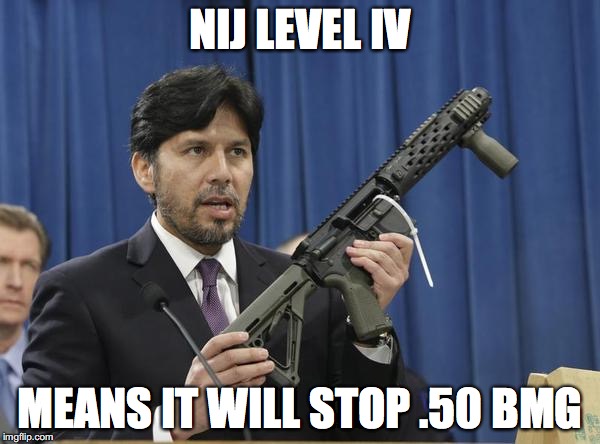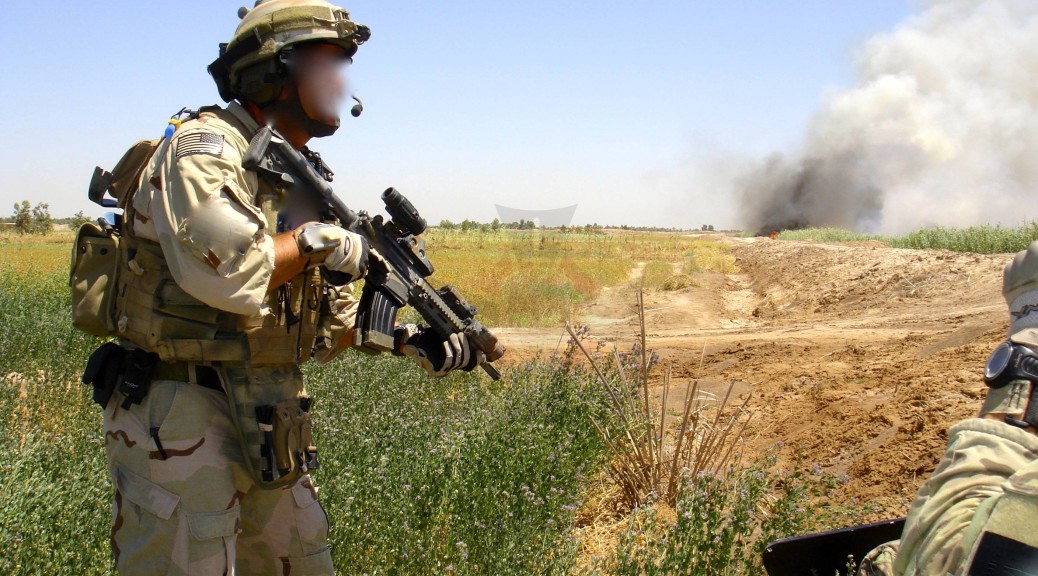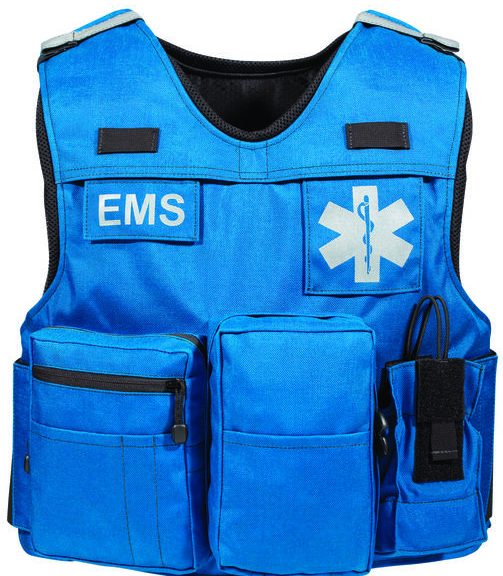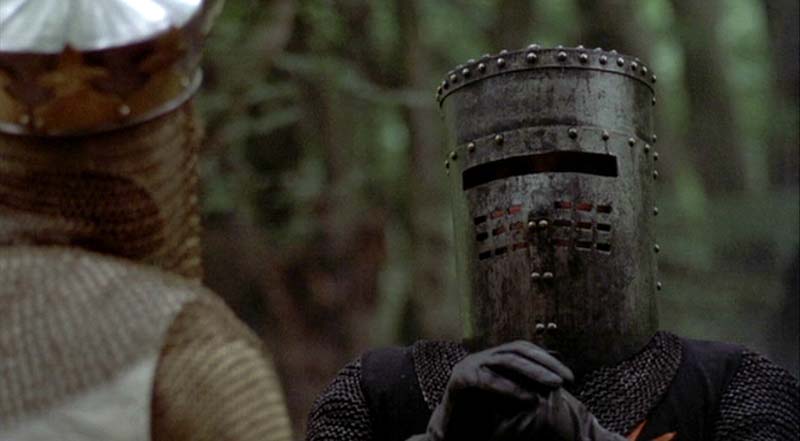Ballistic Threats
Some of my recent posts have brought up some concerns about a type of body armor and a specific type of round. Often when I write some of these articles I try to be brief. This means that while the general statements are researched and supported, the level of detail behind them isn’t posted. This often opens a can of worms, because to explain one thing- you often have to explain another in full detail. Since I’ve had a few replies on this subject- let’s dive into detail here. (Excuse any typos, no proofreader here but me).
Standards Based Evaluation
When it comes to life support equipment, you need to have a scientific evaluation process to it. In no way, shape, or form should you be relying on ANYONE to tell you what to buy. If an SME tells you to buy one product or another, and there isn’t validated testing to back it up- it should raise an eyebrow. While Backyard YouTube videos and local testing can be entertaining and is sometimes useful- It should NOT BE relied upon for life support equipment. This does not mean that just because you see that someone or some agency has done a test on a local range that indicates a certain level of performance, that it means that it is good to go. It can be a starting point, and it can be very useful information, but it is not the end determination.
To evaluate something, we need to have a set of conditions and standards to objectively evaluate against. These standards need to be scientifically done by accredited agencies. This removes the chance for inconsistencies and objectivity to cloud our perceptions about product capability. These standards also need to be UNIFORM. It can be detrimental to our purposes to use multiple testing standards. Isn’t more, better? The issue is, when it comes to body armor, is that many of the proponency entities that establish certification standards for ballistic resistance aren’t in the business of testing and evaluating products on the commercial market.
Certification
When it comes to body armor in the civilian and L/E community, the National Institute of Justice’s (NIJ) Ballistic Resistance Standards are what is used. This provides the standard NIJ levels that ballistic products are sold under and gives the user a level of confidence in their product. There are other standards out there, like the DOD. However, their requirements are policed through the Contract Purchase Description testing and validation by DOD using lot testing acceptance procedures- they are not in the business policing the commercial off the shelf items that non-DOD people might buy. There are also different standards within the DOD community, specifically between the Department of the Army and the US Special Operations Command (USSOCOM has one of the most difficult standards to meet). However, as much of the testing data is not publicly accessible, nor do either agency test and validate armor products for the open purchase market- it is not useful to delve into.
NIJ Threat Levels
When it comes to the Civilian and Law Enforcement world, the National Institute of Justice is the agency that sets the generally accepted standards for ballistic resistance. The NIJ’s Standard 0101.06 is the most current (at the time of this article) testing standard they have produced. This establishes the basis for evaluating the threat level of the product. The also maintain a Compliant Products List (CPL). The CPL contains all manufacturers that the NIJ certifies to comply with the NIJ protocols.
The NIJ standards are very specific about what round are acceptable to use for testing:
- NIJ IIA- 124gr Remington 9mm FMJ RN and 180gr Remington .40 S&W FMJ
- NIJ II- 124gr Remington 9mm FMJ RN and 158gr Remington .357 JSP
- NIJ IIIA- 125gr Speer .357 SIG TMJ and 240gr Speer .44 Mag JHP
- NIJ III- 147gr 7.62mm NATO FMJ – Spire PT BT
- NIJ IV- 166gr 30.06 M2 FMJ – Spirt PT AP
So, when you buy an NIJ Level III hard armor plate, you are buying a device that will prevent a 147gr 7.62mm NATO FMJ – Spire PT BT from penetrating, that’s it. (To be exact, it will prevent multiple hits, but to limit the scope here I won’t cover the specifications for the number and locations for the standard- but it is on the internet).
The 5.56mm Threat
One of the rounds that comes up quite a bit in the body armor debate is the (X)M193. This is because it is cheap and one of the most common rounds found on the market today, the other being the (X)M855 “green tip”. You may have noticed that neither of these rounds appear on the NIJ table.
Let’s be clear about what this means: the NIJ does NOT certify ANY ballistic level vest or plate against these threats.
Now, some of people’s blood pressure probably just spiked at reading that statement. Some of you may have vests that are “certified” to level III+ or Special Type tested plates. We need to be very clear here about what we are talking about, so I’m going to unpack this a bit.
One of the reasons that there is so much talk about body armor and (X)M193, specifically “ar500” type armor is because there are many videos and home tests that show this specific round smoking a hole right through the body armor plate. Now, while home videos and tests like this are very useful- understand that the Level III plate in these tests was NOT certified against that round to begin with! I’m not saying that this information isn’t important, but we need to be objective about things. Of course, it is a completely different story if the manufacturer claimed it would stop these threats and it didn’t- more on that later here. We also need to be clear that just because you have an NIJ Level IV plate it does NOT mean that it is certified to defeat (X)M193.
NIJ Special Type Threats
Because the NIJ Standards are limited to very specific rounds, the standards also stipulate “Special Type” threats. It is very important to understand what this is. The NIJ DOES NOT certify these in the CPL. NIJ Standard 0101.06 simply lists GUIDANCE that:
“A purchaser having a special requirement for a level of protection other than one of the above standard types and threat levels should specify the exact test round(s) and reference measurement velocities to be used and indicate that this standard shall govern all other aspects. Guidance on common special type threats and the appropriate threat velocities is provided in appendix B, along with a methodology for determining the correct reference velocity for other threats.”
So, what does this mean? It means that if an Agency has a requirement that its protective gear resist ammunition that is not on the NIJ table, or if a manufacturer wishes to produce a body armor that defeats specific ammunition- that it should tested within the NIJ testing standard parameters to that exact round. Of course this testing should be done at a reputable laboratory that is listed as compliant with the NIJ testing protocols. The product, however will not appear on the NIJ CPL as certified for the special type threat. It should, however be listed as compliant to one of the NIJ levels though. So, if you need armor that will defeat (X)M193 then you should be looking for an armor that appears on the NIJ CPL as certified to Level III or IV and it should also have a certification form from an NIJ accredited lab for a Special Type threat, showing it successfully stopped (X)M193.
Should Law Enforcement Use Steel Plates?
This question drives a lot of emotional discussion from consumers and Subject Matter Experts. I refuse to give blanket answers to this question. In my last article, I did bring up a concern about ceramic plates with Law Enforcement. Do me a favor- go back and re-read the “AR500 vs Ceramic” paragraph in the Body Armor article I posted a couple weeks ago. Done? Good, now let’s dive into this a bit. I stated that there is not a testing lab that I know of that offers Non-Destructive Examination (NDE) for ballistic plates that is accessible for civilians or Law Enforcement. Now, there are some ingenious work arounds- like using a hospital’s equipment. Here is a decent forum thread that shows not only that you can use the equipment, but also that ceramic plates can be damaged through use:
Now, while I agree that thinking outside the box and using this kind of equipment to aid in our gear inspection is very useful- we need to be cautions here. If someone becomes injured using faulty equipment that you (as a person or agency) inspected using this method, are you absolved from liability in the case of legal suit or a line of duty investigation? I’m not saying not to do this-just some food for thought. Is the purpose of a hospital x-ray to inspect body armor? Who certifies them to do so? Where were they trained to inspect body armor? Sit back and ponder the possibilities there for a moment. Those are pretty realistic points if something bad happens. Think about the liability to the hospital as well. Not saying don’t do this, inspecting your gear regularly should be something you do- just make sure you weigh all the factors.
Again- I’m not saying LE SHOULD wear metal plates or ceramic plates. I’m also not saying that they SHOULDN’T wear one or the other. What I’m saying here is you need to make an informed choice based off of how you are going to use the product, store it, and your ability to maintain it.
Be a Requirements Driven Consumer
Seriously, stop asking SME’s what brand or type of armor you should buy (actually questions are fine, please do ask them). This is a huge red flag for me. Why? Because it tells me that you have NOT done a detailed analysis of what your purpose, requirements, and operational environment is! If you don’t know what your threats are, how can you possibly have any semblance of a training plan or know what your critical skills are? Guys like me can tell you what we used when we were operational, but it may not meet your needs. If you don’t know what your needs are, how can you evaluate if an item that JSOC uses meets your requirements? So let’s establish some steps for you:
Research your job and operational area:
Ensure you understand your job requirements and duties (or your daily life patterns). Make sure you completely understand where you are or intend to be.
Analyze the operational capabilities that you need your gear to perform in:
Based on your research, determine the size, weight, durability, etc. that your gear needs to be in order for you to effectively function.
Explore existing, possible, and emerging threats:
Be realistic here- surviving an airstrike from an A-10 may sound cool, but the requirements of defeating 30mm depleted uranium rounds isn’t going to be practical. Ensure that you look at threats that are currently in your area and those that may move into your area.
Establish a table of requirements based on these factors:
Once you have all this information, get it on paper (or digits). PRIORITIZE IT, it may be necessary to make decisions between specific needs if no solution exists for all of your requirements.
Select your gear appropriately:
Use the NIJ CPL as your baseline. As a rule of thumb, use NIJ IIIA for pistol and NIJ III for rifle as a MINIMUM. For threats beyond the ones listed by the NIJ- ensure that the manufacturer has a SUCCESSFUL Special Type report form an NIJ accredited laboratory, using NIJ standards.
To be clear here- while NIJ Level III OR IV does NOT certify the product to defeat a round like (X)M193- it SHOULD, in my opinion, be certified AND on the NIJ CPL to one of these levels as a baseline. I’m going to directly quote the NIJ Selection & Application Guide 0101.06 to Ballistic-Resistant Body Armor, because I think they have the best advice here:
“If you plan to purchase NIJ-compliant armor, do not accept statements, written in the bid or verbally made by a salesperson, that the model shown is “just like” or “identical to” a model from the NIJ CPL or “meets the NIJ Standard.” Request a copy of the compliance letter issued by the NIJ CTP to the supplier for that model. If the supplier or bidder cannot provide this letter, use a different supplier”.
I hope this article cleared up some things. I know that I wasn’t definitive on some of the points, but I don’t think it is appropriate to be any more definitive on them. What works for one person or agency may not work for another, and this is a very much a topic that has the potential to either prevent or cause loss of life. Take it seriously and be informed on the life support equipment that you intend to use.
Stay safe and keep your head on a swivel.






